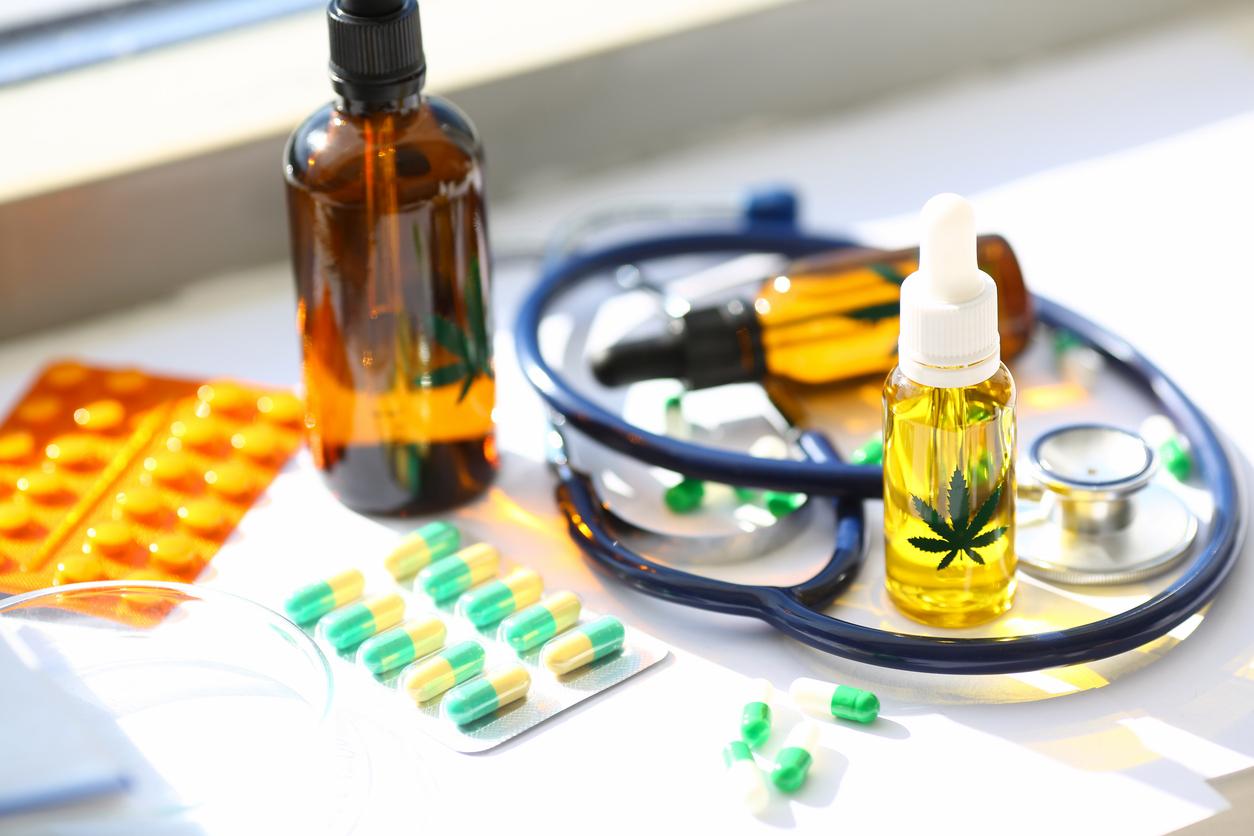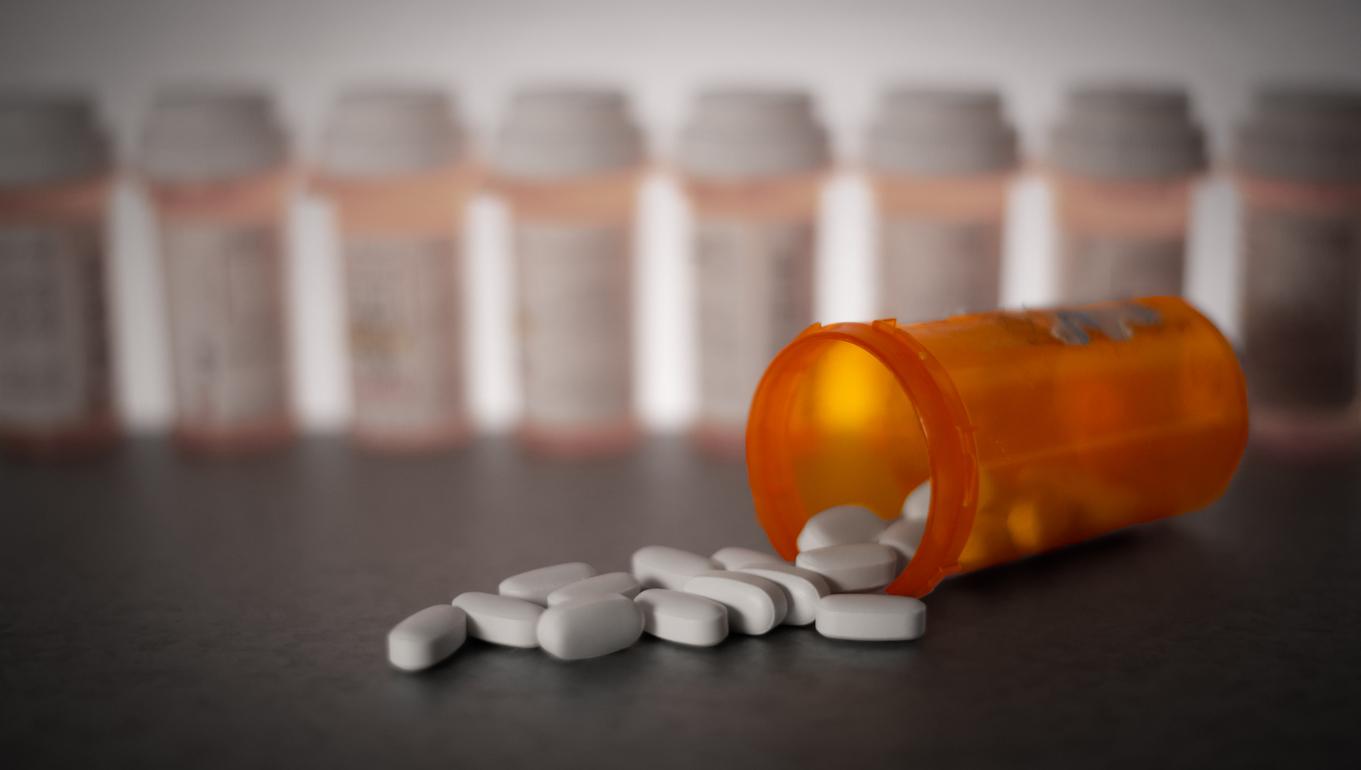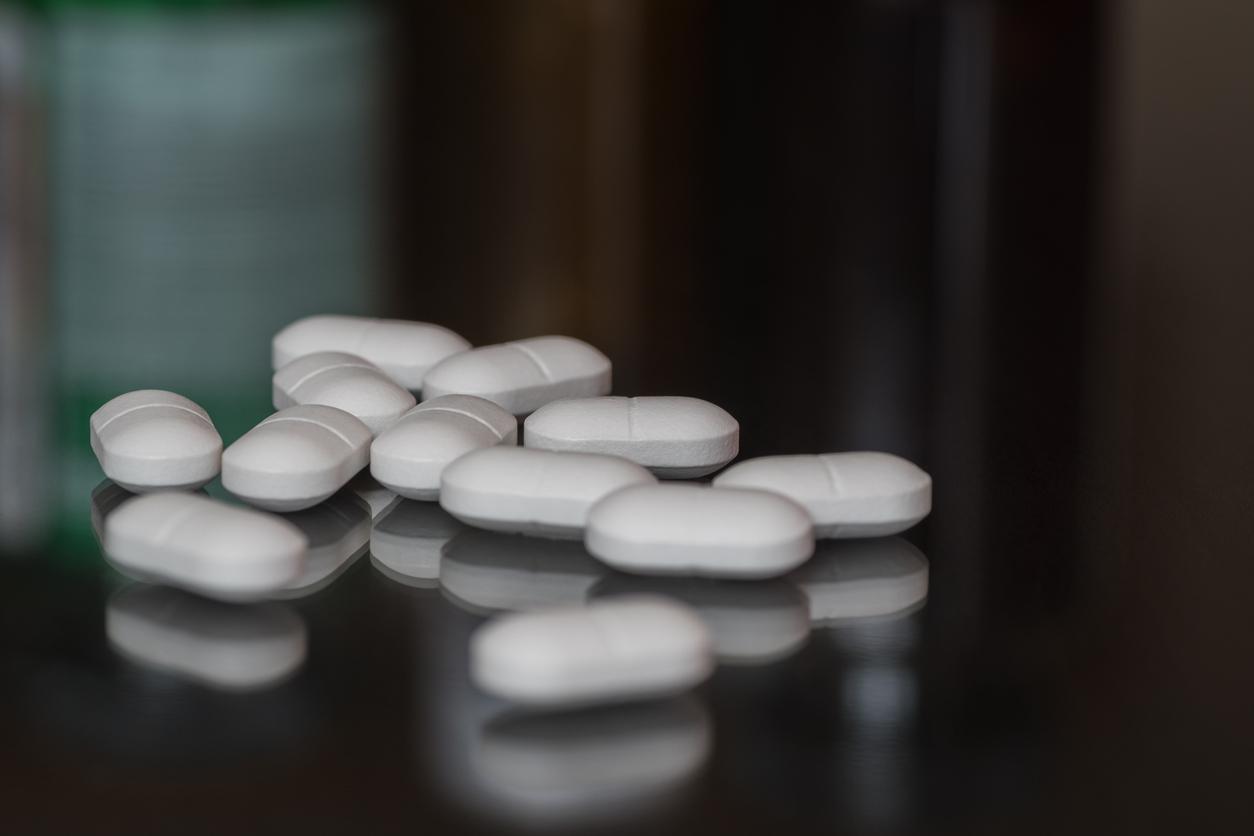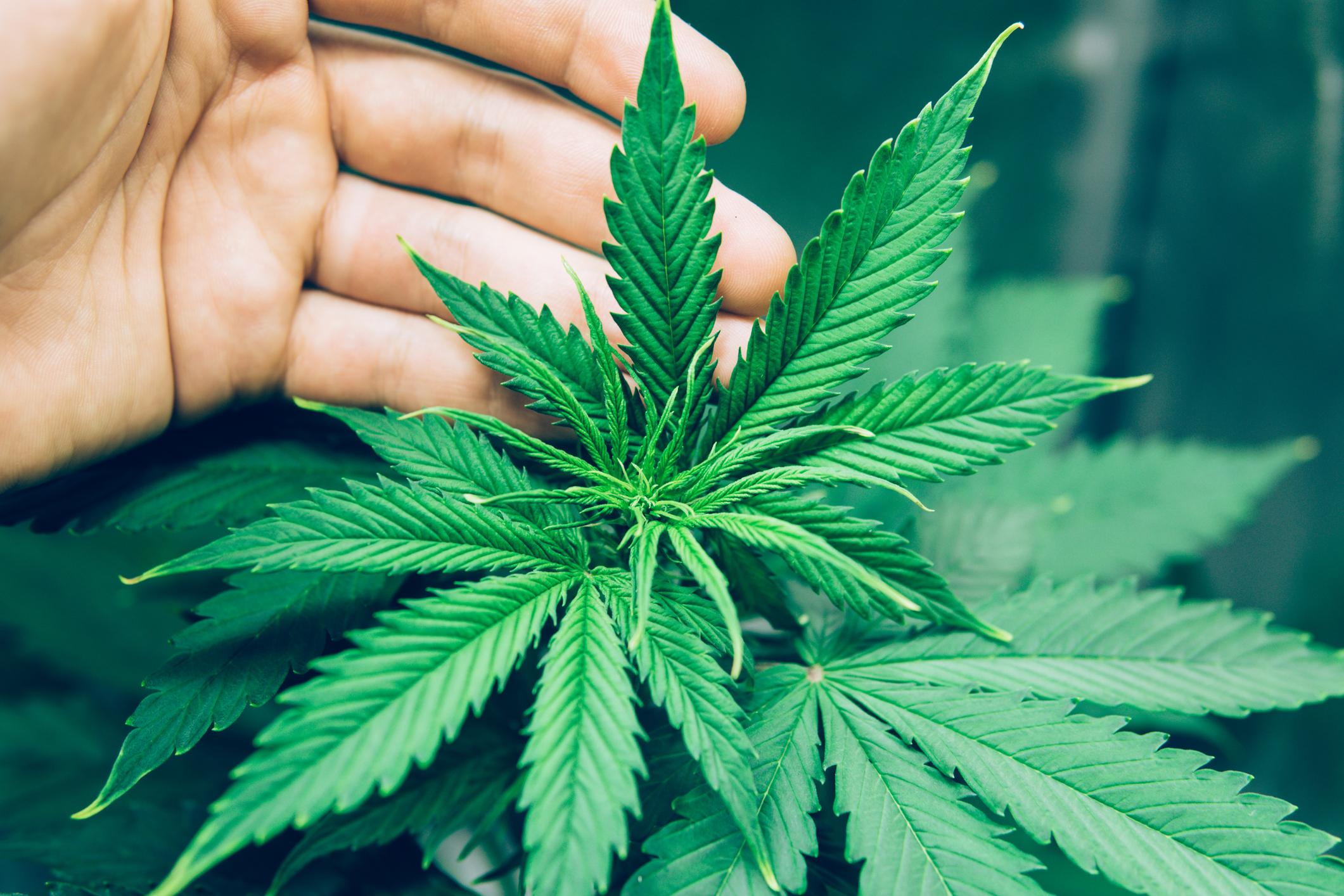Johnson & Johnson is accused by the State of Oklahoma of encouraging doctors to prescribe too many opioids.
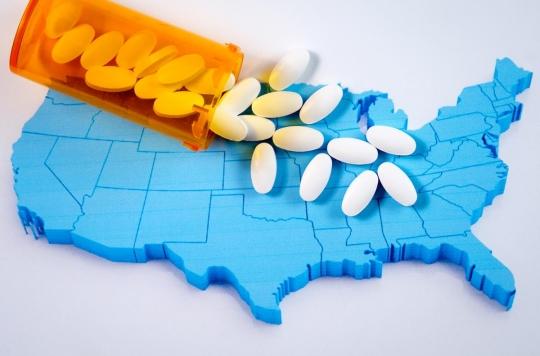
This Tuesday, May 28 begins the trial of the Johnson & Johnson laboratory, accused by the State of Oklahoma of being responsible for the opioid crisis in the United States. More than 70,000 Americans died in 2017 from opioid overdoses, making it one of the main causes of the decrease in life expectancy for a few years. Oklahoma is one of States most affected.
Encourage doctors to prescribe too many painkillers
“Today, there are more overdoses among patients with chronic pain than among drug users”, alarms in The Parisian Nicolas Authier, President of the French Observatory of Analgesic Medicines. Anyone can sink. “This is not a specific problem for drug users. We are talking here about women (60%) and men aged 40, 50, 60, with no history of drug use. Confronted with chronic pain, with some of the psychiatric comorbidities, for others family or work problems, they find themselves drawn into the irreversible spiral of addiction”, adds the specialist.
Faced with this major public health problem, the American authorities have decided to turn against pharmaceutical companies, accused of having incited doctors to prescribe too many painkillers. “Since 2004, more than 10,000 residents have died of overdoses, notes Mike Hunter, Oklahoma’s attorney general. And last year, nearly 50% of these overdoses were caused by taking opiate drugs.”
2,000 complaints
“Around me, everyone was dying. Each time, their addiction had started with a few pills, but in truth what was hiding behind it all was the money”, tells France Info Dr John Aldis. Across the country, nearly 2,000 complaints have been filed against pharmaceutical companies. Teva Laboratories and Purdue Pharma escaped trial thanks to last-minute financial deals.
Every year, 12 million French people are treated with opium-based drugs, including 1 million with strong opioids. Between 2004 and 2007, additional prescriptions for strong opioids, such as Oxycodone and Fentanyl, increased by 100% (500,000 additional prescriptions). As a result, overdose hospitalizations and the number of associated deaths have exploded since the 2000s (+167% and +146%).

.








